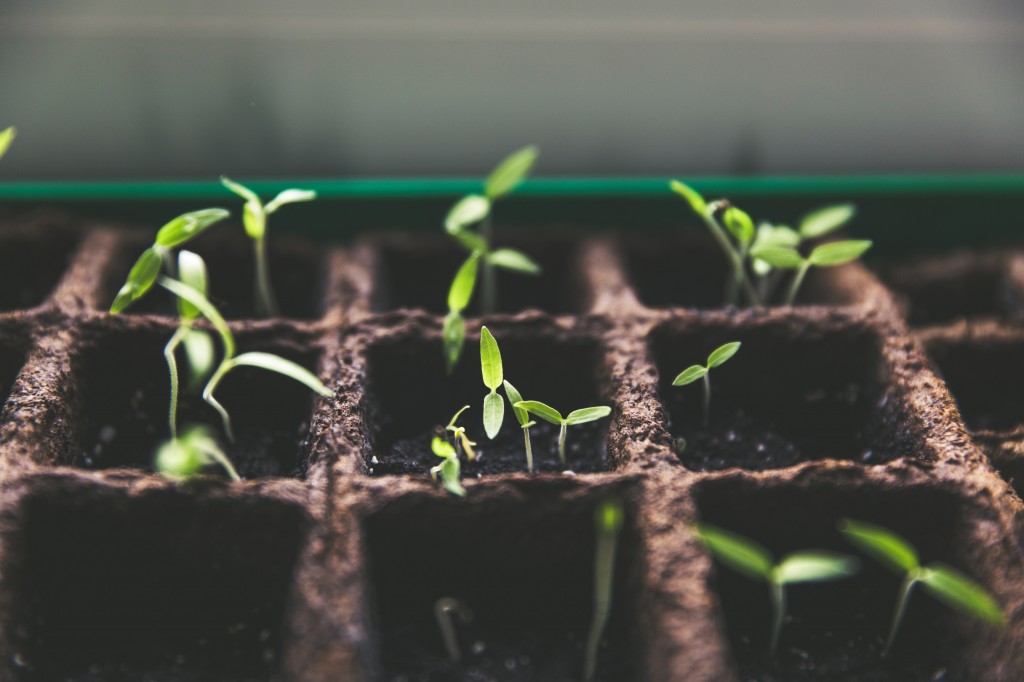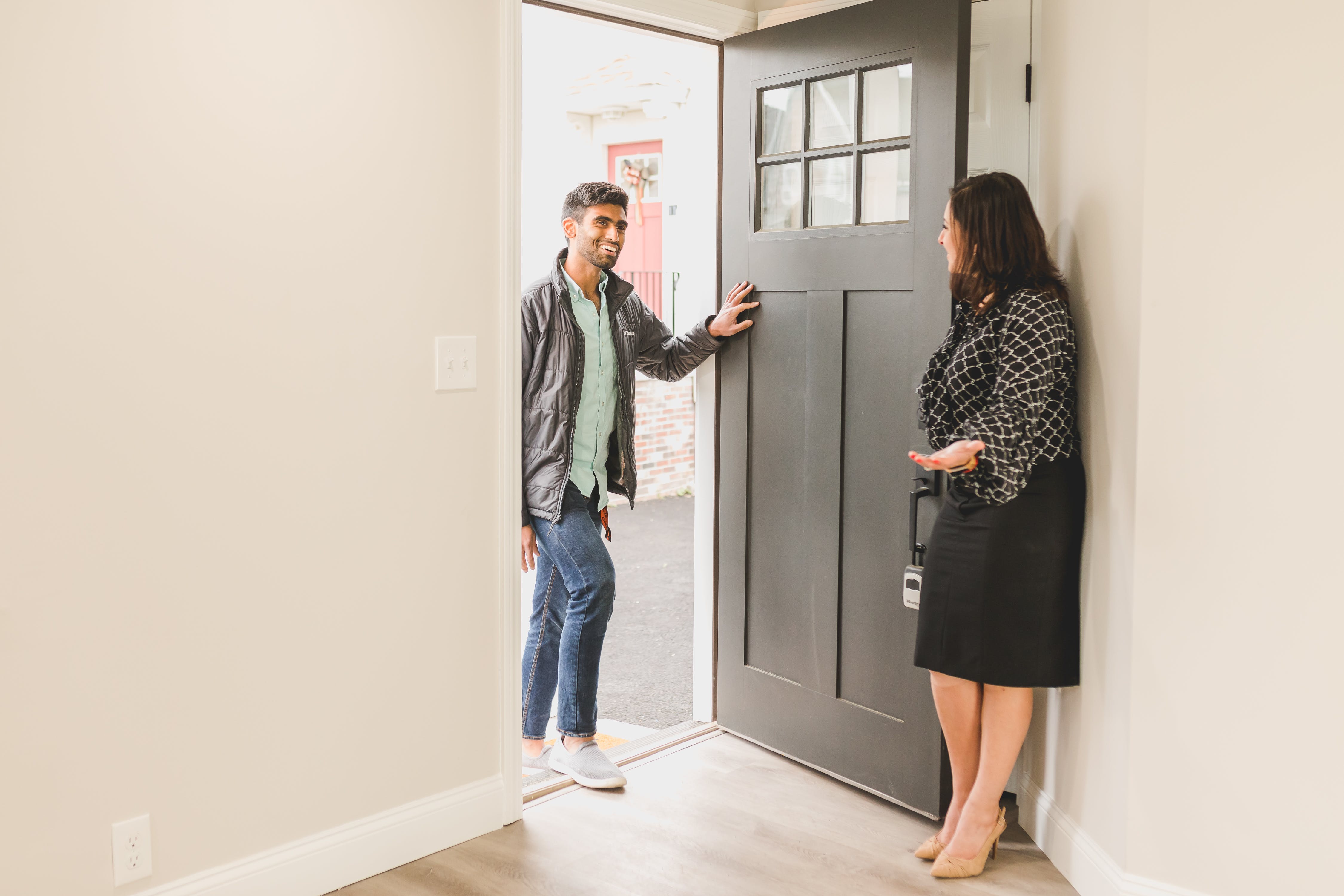-
Lot Size
-
Home Size852 sqft
-
Beds2 Beds
-
Baths1 Bath
-
Year Built1972
-
Days on Market49
How to Start Your Own Herb Garden Indoors
- Real Estate Tips
- February 19, 2019
 Herbs are used in practically every dish, as they add flavor and delicious aromas. Grow your very own herb garden indoors to save money and ensure you always have access to the freshest culinary ingredients.
Herbs are used in practically every dish, as they add flavor and delicious aromas. Grow your very own herb garden indoors to save money and ensure you always have access to the freshest culinary ingredients.
Deicide Which Herbs to Grow
To start, choose which herbs you would like to start growing in your house. Think of which herbs you tend to use most often, or if you lack a green thumb, consider which are the easiest to grow. The following plants are easy beginner herbs:
• Lemon Balm • Parsley • Basil • Bay laurel
• Chives • Cilantro • Thyme • Lemongrass
• Mint • Oregano • Rosemary • Sage
Herb Garden Location
Before you buy the herb seeds or seedlings you need, make sure you know where you would like your indoor herb garden to be. Make sure there is plenty of sunlight available. Herbs need constant, bright sunlight to thrive so make sure your plants are kept near a window. If you don’t have a free space with adequate lighting, that’s ok! Use a lamp with a plant grow lightbulb.
Herbs thrive in environments that are between 60 and 70 degrees. The average home is typically kept at 75 degrees during the summer, and 68 degrees during the winter. But if you live in an environment that gets extremely cold, move your herbs away from anywhere drafty.
Decide on a Planter
Decide how you would like to display your herb garden, as there are dozens of ideas. You could plant them all in one big pot, use vertical planters, hang them upside down, and more.
The material of the planter is also important. If you live in a dry environment, use a ceramic pot to hold in more water. If you live in a humid environment, use a clay pot like terracotta because they are porous, and soil dries quicker than with plastic planters.
The type of soil to use is another important factor. Make sure the potting mix you use has good drainage and that the packaging states it is suitable for indoor plants. Adding vermiculite to soil can help plants retain more water, which is perfect for dry climates.
Use Accessories
Make sure your herb garden thrives by using draining holders with saucers. Plants tend to die quicker when the roots sit in water, and this is especially true with herbs. Make sure the drain hole is big enough to allow a moderate amount of water to be released. Use saucers to catch the water that is being drained and avoid wet, muddy floors.
Growing Tips
Herbs should be watered at least twice a week, maybe less. Make sure the soil has time to dry before adding more water. Less is better than more when it comes to gardening.
If you see any dry or brown leaves, make sure to cut them in order to promote new growth. When you use an herb leaf or branch, make sure to cut from the top not the bottom.
Growing an herb garden should be a form of therapy. Don’t feel stressed if you find your plants turning brown. Simply trim them, and adjust the light, water, or temperature. Herbs are great for beginner gardeners and are pretty resilient.




